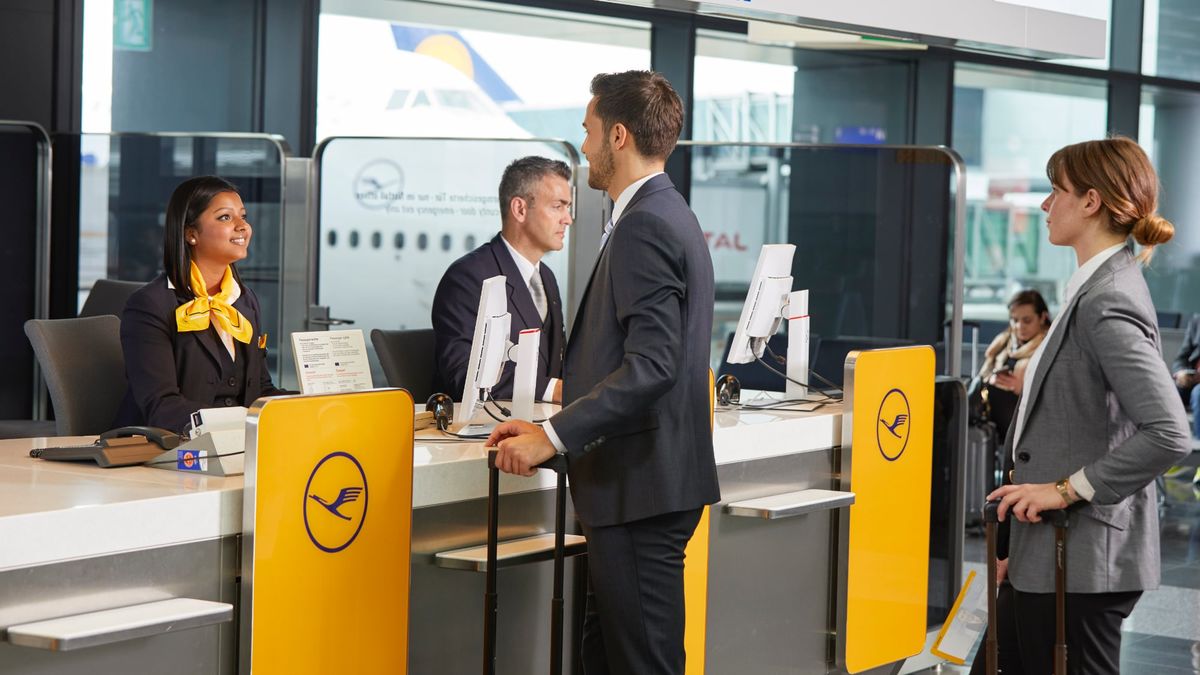How airlines know what you’re willing to pay for a ticket
Artificial intelligence algorithms are processing reams of data to fine-tune airfares in ways that may surprise you.

Armed with mountains of data, artificial intelligence is emerging as an important tool for airlines to find the ideal fares to charge passengers, helping them squeeze out as much revenue as possible as the industry emerges from its biggest crisis.
Fed by data on everything from Internet searches and Covid outbreaks to weather forecasts and football results, computers are learning how everyday life influences demand for flights. In its most advanced form, AI blows up the arcane airfare codes and pricing bands that have straight-jacketed ticket sales for decades.
By weighing up the data, technology providers can determine how much passengers are willing to pay for tickets and continuously reprice seats.
Calculating fares using AI can lift an airline’s revenue by 10% or more, according to Fetcherr, an Israeli startup that operates a live-pricing engine.
“We are able to determine at every price point how many people will buy a ticket,” said Roy Cohen, chief executive officer and co-founder of Fetcherr, whose directors include Alex Cruz, a former CEO of British Airways. “It’s very hard to hide from a system like us.”
Brazilian carrier Azul last month announced the first public trial of Fetcherr’s demand prediction and pricing technology. Azul didn’t reply to emails asking for more information about the trial.
Fetcherr’s demand simulations are so accurate, according to Cohen, that fares determined by algorithms for flights six months away barely change by the time the plane takes off. “Almost spot on,” he said. “Sometimes to the cent.”
How AI can help airlines make more money
Say someone wants to fly from New York to Boston next Thursday to attend a rock concert.
An online search turns up flights at $263, $303 and $424: the customer decides $424 is too much and so grabs the seat at $263.
As it happens, this particular band rarely tours, so the person was willing to pay slightly more.
But while the airline doesn’t know that, data-hungry algorithms might have worked out that demand for Boston-bound services next Thursday was high enough to charge a baseline fare of $293 and still fill the plane.
In this case, the airline offering seats at those pre-determined prices could have collected an extra $30.
While airlines have for years used software to manage airfares, what passengers ultimately pay has been governed to some degree by seat availability in various price brackets. AI seeks to match fares far more closely to passengers’ desire to pay, something that has become tougher to pinpoint after two years of lockdowns.
“The traditional techniques are almost blunt instruments, really, to deliver certain products at certain price points to the market,” Amanda Campbell, solutions marketing director at global travel technology provider Accelya, said in an interview.
This article is published under license from Bloomberg Media: the original article can be viewed here